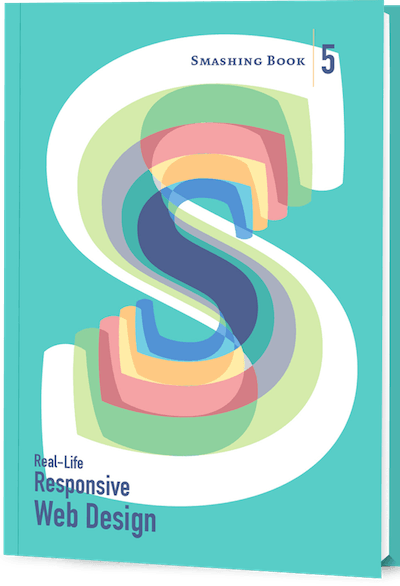Not all design systems are equally effective. Some can generate coherent user experiences, others produce confusing patchwork designs. Some inspire teams to contribute to them, others are neglected. Some get better with time, more cohesive and better functioning; others get worse, becoming bloated and cumbersome.
What are the key qualities of a well-functioning, enduring design system? Throughout the book, Alla will share an approach that will help you every day with your work.
288 pages. Written by Alla Kholmatova. Quality hardcover. September 2017.
Whom This Book Is For
This book is aimed mainly at small and medium-sized product teams trying to integrate design systems thinking into their organization’s culture. Everyone in the product team could benefit from reading this book, but particularly visual and interaction designers, UX practitioners and front-end developers.
Scope Of The Book
This book presents a perspective on design systems based on Alla Kholmatova’s experience as an interaction and visual designer. It is about how to approach your design process in a more systematic way, and ensure your design system helps to achieve the purpose of your product and fits with the culture of your team.
Table of Contents
The book is divided into two parts. In the first part we’ll talk about the foundations of a design system – patterns and practices. The second part focuses on practical steps and techniques to establish and maintain a design system, including planning the work, conducting an interface inventory, setting up a pattern library, creating, documenting, evolving and maintaining design patterns.









